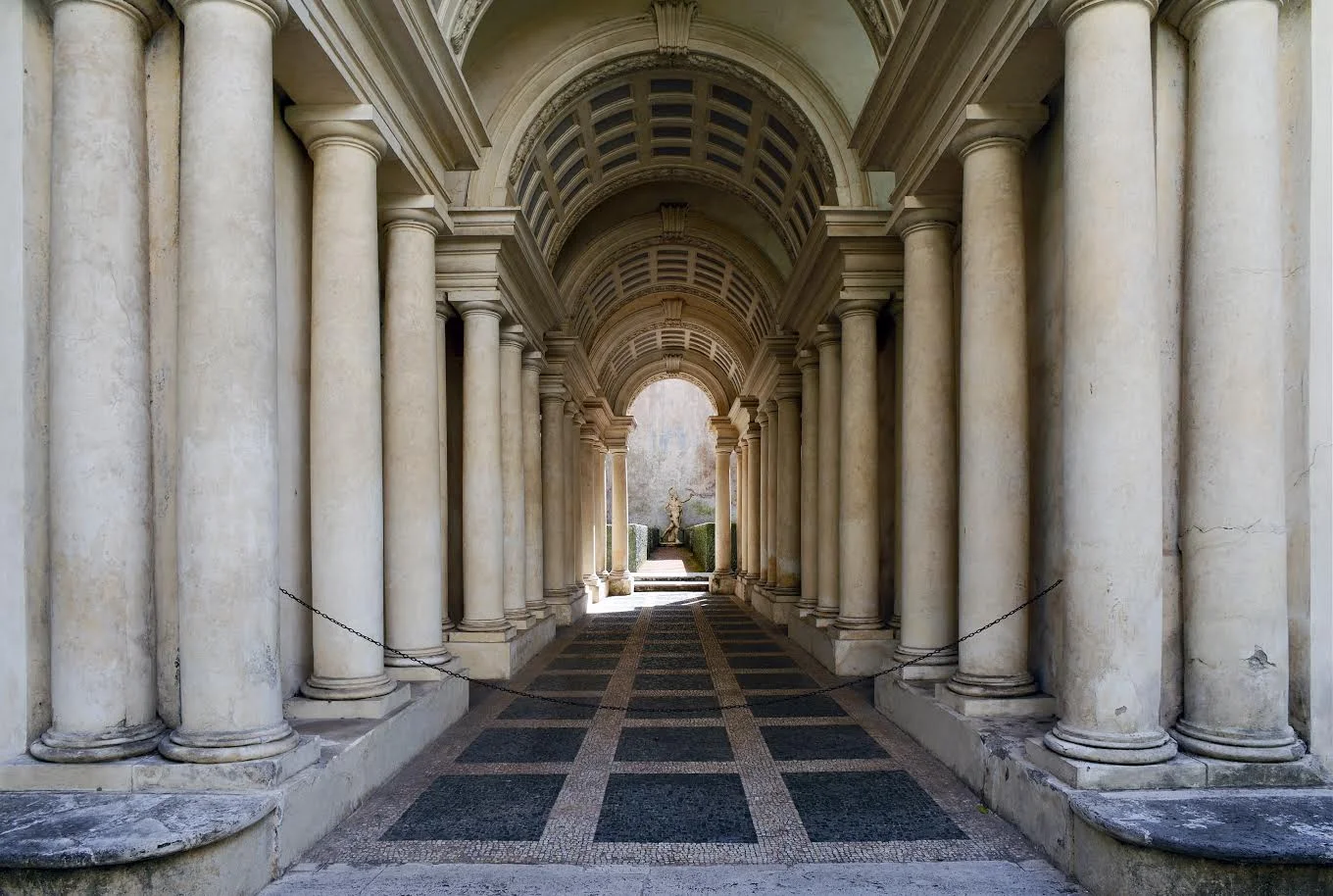Built around 123 A.D. as a tomb for Emperor Hadrian and his family, Castel Sant'Angelo has an unusual destiny in the history and art of the Rome.
While all the other Roman monuments are overwhelmed, reduced to ruins or quarries counting to be recycled into new, modern buildings, the Castle - through an uninterrupted series of developments and transformations that seem to slip into one another seamlessly continuity - goes for nearly two thousand years the fate and history of Rome. From funerary monument to a fortified outpost, from dark and terrible prison wonderful Renaissance that sees active within its walls Michelangelo, from prison to the Risorgimento Museum, Castel Sant'Angelo embodies the solemn Roman spaces, in massive walls, in the sumptuous frescoed rooms, the story of the eternal city where past and present appear inextricably linked
What is the first thing that comes to mind when you think of Rome: the Coliseum? the Vatican? the Trevi Fountain? What you may not know is that, in addition to its abundance of ancient sites, Rome is a very green city with a number of parks worth visiting.
Palazzo Spada is an impressive building built in 1550 by Cardinal Capo di Ferro, later restored by Bernini and Borromini who created a unique full play of perspectives in a columns-gallery.
The Capuchin Crypt is a Monument of Human Bones and Corpses in Rome, located beneath the church of Santa Maria della Concezione dei Cappuccini on Via Veneto, near Barberini Square...
The Orange Garden, also known as Parco Savello, is one of those places that you can find only in the eternal city. Surrounded by medieval walls, on top of the Aventine Hill, the Orange Garden is a romantic and peaceful place that offers a breathtaking view of the city, one of the most beautiful...
Built around 123 A.D. as a tomb for Emperor Hadrian and his family, Castel Sant'Angelo has an unusual destiny in the history and art of the Rome. While all the other Roman monuments are overwhelmed...
There is no other place like this in Rome. When you get through the gate for the first time, a peacefulness atmosphere surround you.
Men from all over the world, rest together, under pine and cypress trees. The cemetery population is incredible rich in writers, painters and poets as Keats and Shelley.
Because of its multi ethnicity and the possibility to find unthinkable objects, there is a quote that says that at Porta Portese “you can find anything, from a pill to a Jumbo Jet’!
Would you test your honesty and put your hand into the mouth of truth?
You definitely can't leave Rome before taking a picture in front of one of the most famous faces in the world...
Also known as “Fontanone” among Roman citizens, the Acqua Paola Fountain is one of the biggest fountains of Rome.
Built between 1610 and 1612, this fountain was supposed to be the end of the homonym Acqua Paola Aqueduct ...
![The amazing Castel Sant'Angelo [VIDEO]](https://images.squarespace-cdn.com/content/v1/5571a376e4b0ce0031784ab5/1448791242274-IF53P94RXMBYIJ57SM8Y/image-asset.jpeg)







